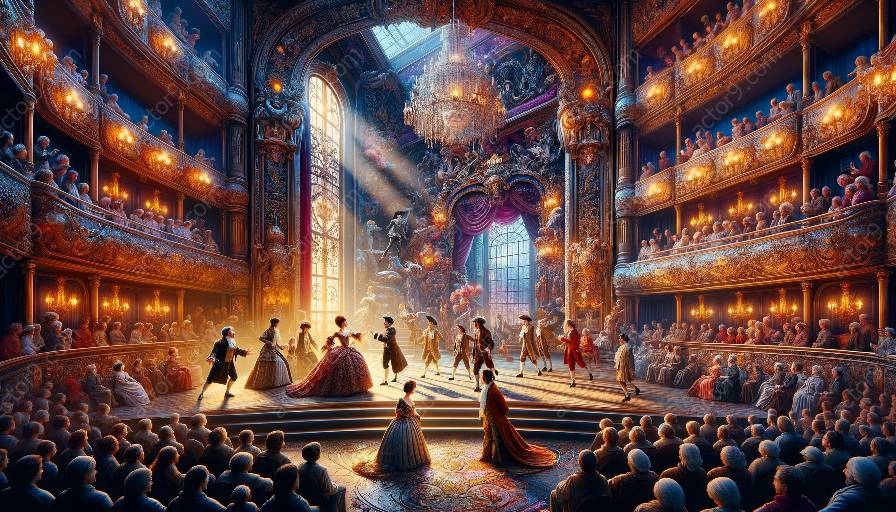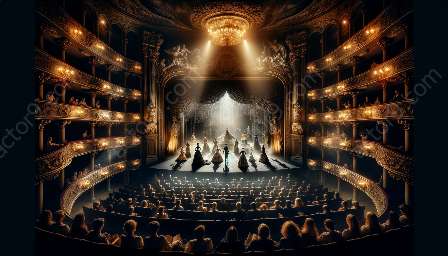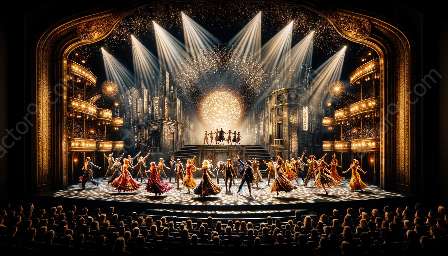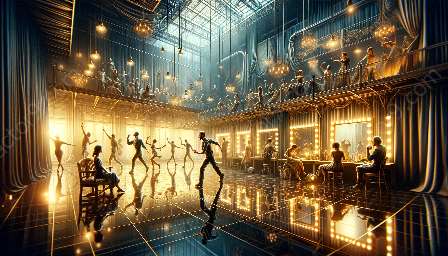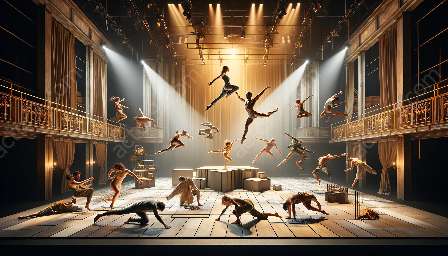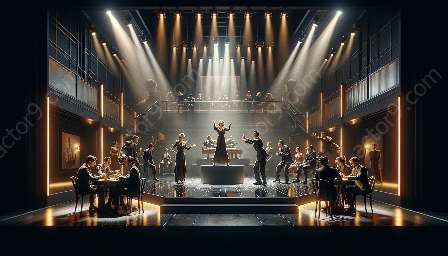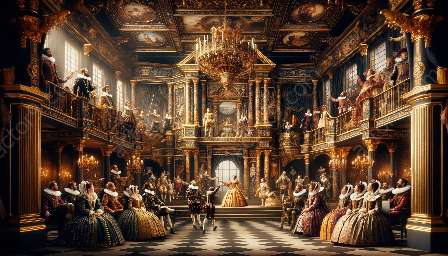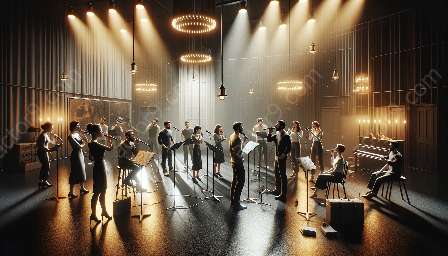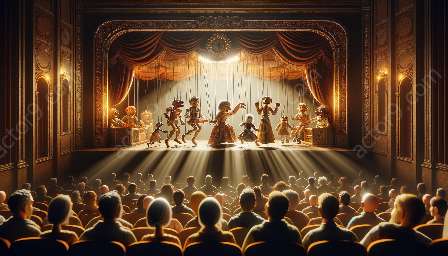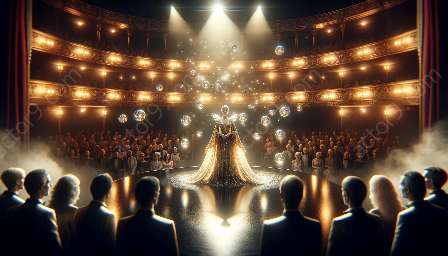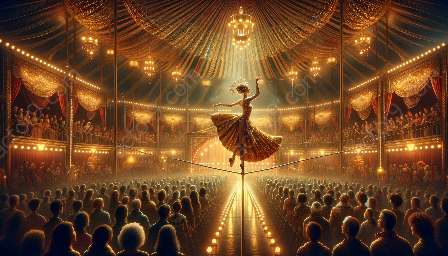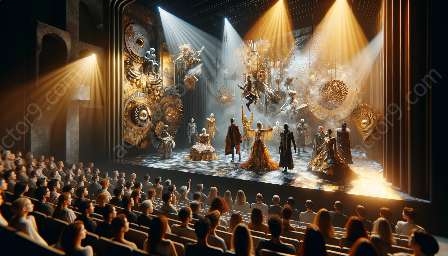Performing arts, constituting acting and theater, are vital components of the arts & entertainment industry. Acting and theater not only entertain audiences but also serve as a means of creative expression, storytelling, and cultural interpretation.
Importance of these Performing Arts
Performing arts, particularly acting and theater, play a significant role in shaping culture, providing insight into the human experience, and reflecting societal values and norms. Actors and theater practitioners embody characters and narratives, while theaters serve as platforms for communal experiences, dialogue, and emotional exploration.
Acting: The Art of Embodying Characters and Stories
Acting is the pivotal element of performing arts, encompassing the portrayal of characters in dramatic productions ranging from stage plays to film and television. It involves the utilization of physicality, emotion, and intellect to bring characters to life and convey stories in a compelling manner.
Actors undergo rigorous training and development to hone their craft, delving into methods such as Stanislavski, Meisner, and method acting. Through their performances, actors have the power to evoke empathy, provoke thought, and elicit diverse emotions from audiences, thus creating connections and resonating with individuals on a profound level.
Theater: An Evocative Art Form with Rich Heritage
Theater, as an art form, stands as a timeless medium for storytelling, exploration of societal issues, and engagement with diverse themes and genres. It encompasses a spectrum of theatrical genres, encompassing classical, contemporary, experimental, and musical theater, each with its own distinct characteristics and contributions to the performing arts landscape.
Theatrical productions entail collaboration among directors, actors, designers, and technicians to construct immersive worlds and narratives. The essence of theater lies in its ability to foster imagination, provoke discussion, and captivate audiences through live performances that unfold within the shared space of a theatrical venue.
Evolution of Performing Arts: Embracing Diversity and Innovation
The realm of performing arts, including acting and theater, continually evolves to embrace diversity, innovation, and the fusion of traditional and contemporary elements. This evolution incorporates the integration of technology, interdisciplinary collaborations, and the reinterpretation of classic works to resonate with modern audiences and address contemporary themes.
The accessibility of performing arts has expanded through mediums such as digital platforms, immersive experiences, and site-specific performances, enabling wider engagement and interaction with diverse audiences. This inclusivity fosters the creation of dynamic, thought-provoking works and enhances the exploration of cultural narratives across global contexts.
Impact of Performing Arts on Society and Culture
The influence of acting and theater extends beyond mere entertainment, offering profound contributions to societal understanding, cultural representation, and the cultivation of empathy and empathy. Theater serves as a mirror reflecting societal dilemmas, individual struggles, and collective aspirations, encouraging audiences to contemplate diverse perspectives, challenge conventions, and foster empathy and understanding.
Acting, as a form of storytelling, provides a conduit for exploring human complexities, ethical dilemmas, and universal themes, fostering connections and introspection. The dynamic interplay of performing arts with society and culture enriches the human experience, champions artistic discourse, and encourages dialogue on pertinent issues, thereby fostering the development of compassionate, informed communities.
The Future of Performing Arts: Embracing Innovation and Creativity
The future of performing arts, encompassing acting and theater, holds potential for embracing technological advancements, interdisciplinary collaborations, and boundary-pushing creativity. This future entails the exploration of interactive and immersive experiences, engagement with virtual reality, and the fusion of digital and live performance elements to craft dynamic, multi-sensory narratives.
Furthermore, emerging artists and theater companies are challenging traditional norms, seeking innovative storytelling methodologies, and amplifying diverse voices and narratives. This democratization of artistic expression fosters a rich and inclusive performing arts landscape that resonates with contemporary audiences and encourages diverse participation and engagement.

